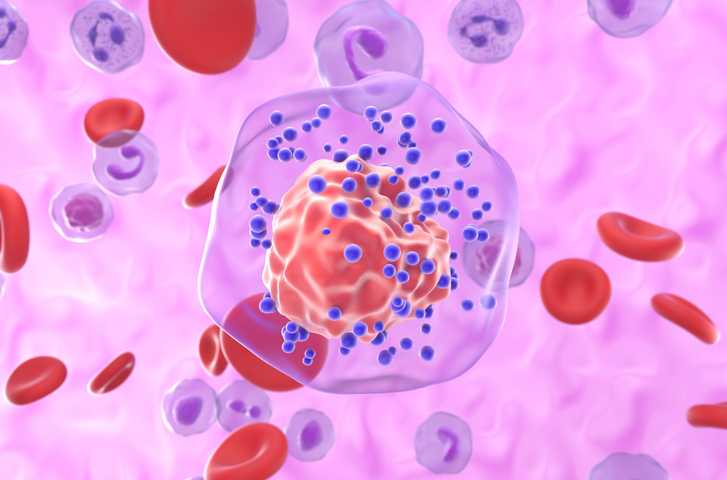
The U.S. Food and Drug Administration (FDA) released proposed changes to mammography standards for the first time in more than two decades. The proposal would require mammogram providers to inform women with dense breast tissue that it may be more difficult to interpret their screening tests and to recommend that they discuss the need for additional tests with their physician.
Reading the mammogram results
“The dense tissue can obscure signs of breast cancer and lower the sensitivity of the image,” according to the FDA. Dense breasts are also known to be a risk factor for breast cancer, and more than half of women older than 40 years have dense breasts, according to the agency.
The FDA also proposed expanding the categories used to classify mammography findings. The current labels are negative, benign, probably benign, suspicious, highly suggestive of malignancy, or incomplete: need additional imaging evaluation. The FDA recommends adding the following: known biopsy proven malignancy, post-procedure mammograms for marker placement, and incomplete: need prior mammograms for comparison.
.@US_FDA proposed rule would require mammogram centers to tell women if they have dense breast tissue, which can increase the risk of cancer & mask tumors. Review ACOG's Committee Opinion on Management of Women With Dense Breasts Diagnosed by Mammography: https://t.co/seQo9a7yQg
— ACOG (@acog) March 28, 2019
Updating federal law
Many states have laws requiring that women with dense breasts be informed, but the language of these laws differs widely. The FDA proposal would establish a minimum standard that would apply, but states could retain more stringent requirements.
The proposal would be is issued under the 1992 Mammography Quality Standards Act, which authorized federal oversight of the more than 8,700 U.S. mammography facilities, including accreditation and certification of the facilities, as well as annual inspections and enforcement of quality rules.
The proposal is now open for a 90-day public comment period for the proposed changes.
FDA regulations already require that facilities provide patients a summary, in easy-to-understand language, of their mammography results within 30 days after the mammogram. Under the proposed rule, that summary would provide additional information. https://t.co/eLr0WFvN3m pic.twitter.com/UVWmsjUPML
— U.S. FDA (@US_FDA) March 27, 2019







 © 2025 Mashup Media, LLC, a Formedics Property. All Rights Reserved.
© 2025 Mashup Media, LLC, a Formedics Property. All Rights Reserved.